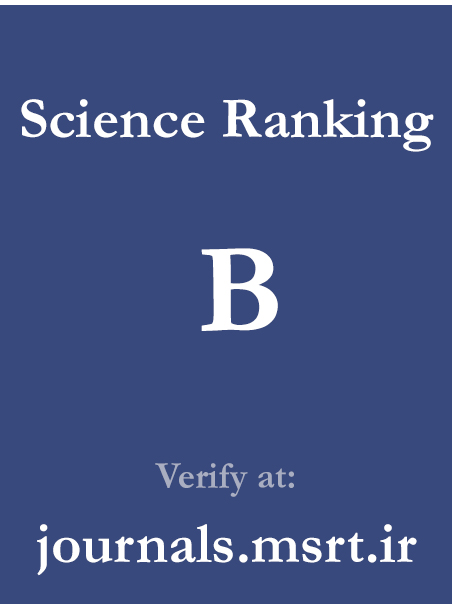Differential Role of Electroencephalography Between Mild Cognitive Impairment and Alzheimer Disease During Spatial Working Memory Task
Keywords:
EEG, Alzheimer’s disease, Mild cognitive impairment, Theta/beta ratio, Spatial working memory, Cognitive agingAbstract
Purpose: This study aimed to examine the differential role of EEG theta and beta band activity and the theta/beta ratio across resting, task, and post-task cognitive states in distinguishing healthy aging, amnestic mild cognitive impairment (aMCI), and mild Alzheimer’s disease (AD).
Methods and Materials: A total of 36 participants aged 60–75 were recruited and categorized into three groups: healthy controls (n = 6), aMCI (n = 20), and mild AD (n = 10). EEG signals were recorded under three conditions: pre-task resting, during a Spatial Working Memory (SWM) task from the CANTAB battery, and post-task rest. Theta (4–7 Hz) and beta (13–30 Hz) band powers and their ratio were analyzed in frontal and parietal regions. The Montreal Cognitive Assessment (MoCA) was used to evaluate cognitive performance. EEG preprocessing and spectral analysis were conducted using MATLAB, and group comparisons were assessed using repeated-measures ANOVA and Friedman tests.
Findings: The AD group exhibited significantly elevated theta power and reduced beta power across all cognitive states, especially during task execution, resulting in the highest theta/beta ratio among groups (p < 0.001). The aMCI group showed intermediate patterns, while the control group maintained balanced oscillatory activity. Within-group analyses showed significant EEG modulation across cognitive phases in both the AD and aMCI groups (p < 0.05). Notably, the theta/beta ratio negatively correlated with MoCA scores (r = –0.67, p < 0.001), especially in parietal and occipital regions, supporting its utility as a marker of cognitive decline.
Conclusion: Task-based EEG recordings, particularly the theta/beta ratio, offer a sensitive and non-invasive biomarker for early cognitive deterioration. EEG dynamics during cognitive engagement and recovery phases may enhance the differentiation of aMCI and early AD from normal aging.
Downloads
Downloads
Published
Submitted
Revised
Accepted
Issue
Section
License
Copyright (c) 2025 Parisa Rahimi (Corresponding author); Maryam Noroozian, Javad Hatami, Meysam Sadeghi (Author)

This work is licensed under a Creative Commons Attribution-NonCommercial 4.0 International License.

